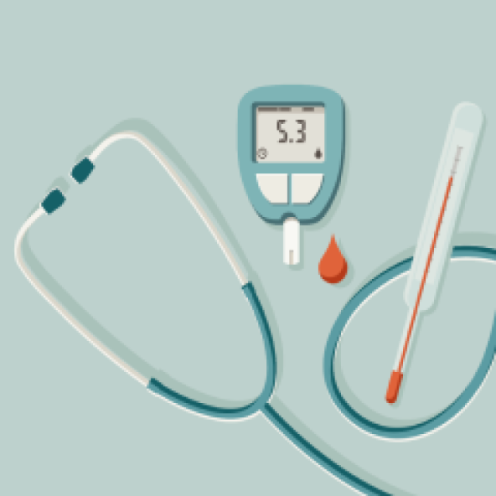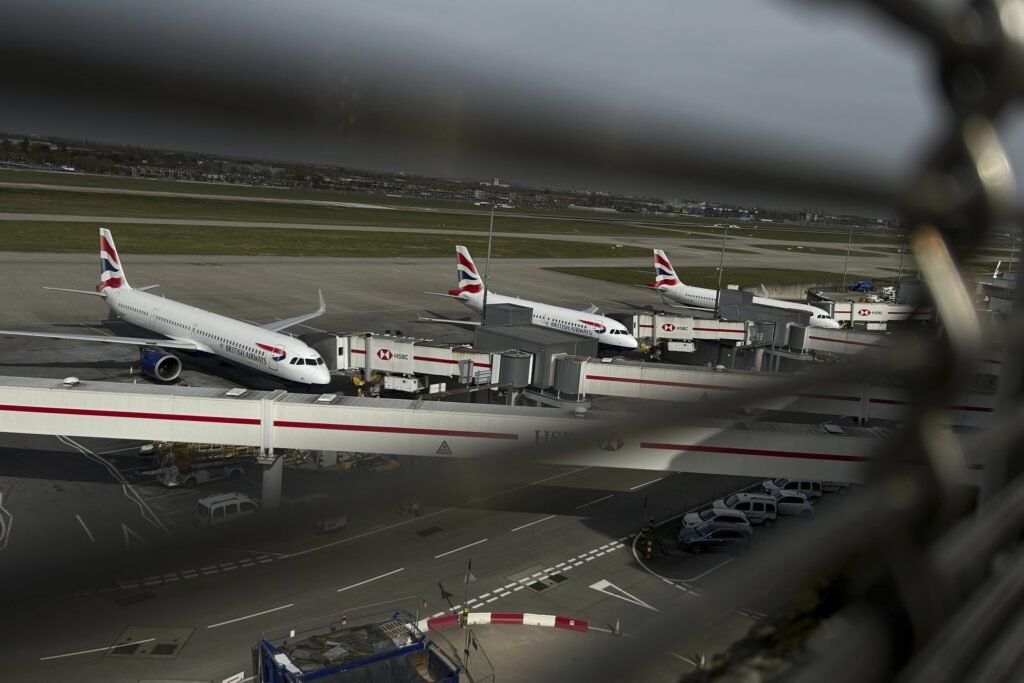Despite the contours of a preliminary trade deal, German automakers Mercedes (MBG.DE) and Porsche (P911.DE) are still in a world of pain, suffering from the strain of Trump’s tariffs and shifting consumer preferences in markets like the US and China.
First up, Mercedes.
In the second quarter, the luxe carmaker reported revenue fell 10% to 33.15 billion euros ($38.82 billion), on adjusted EBIT (earnings before interest and taxes) of 1.273 billion euros ($1.47 billion) — a drop of 68% from a year ago. Net profit fell nearly 70% to 957 million euros ($1.1 billion) in the quarter.
“A dynamic market environment, volatile tariff policies, challenging competition, particularly in China, and upcoming model changes impacted sales development,” Mercedes said in a statement.
As a result, Mercedes cut its 2025 outlook with revenue expected to come in “significantly below prior year level” compared to “slightly below” previously. The auto business now sees its return on sales (or margin) dipping to a range of 4%-6% compared to 6%-8% seen previously.
On the analyst call, Mercedes CFO Harald Wilhelm said the tariff impact was in the “mid-triple-digit millions,” adding that the second-half effect would be higher, but still in that range per quarter.
Read more: What Trump’s tariffs mean for the economy and your wallet
Wilhelm said the tariff impact this year would hit margins by 150 basis points (1.5%), despite the new, lowered tariff rate of 15% in place, compared to the 27.5% levied before the preliminary trade deal.
The Porsche situation isn’t much better.
The Stuttgart-based automaker said revenue fell to 18.2 billion euros ($21.04 billion) in the first half of 2025, down 6.7% from a year ago, with EBIT dropping to 1.01 billion euros ($1.17 billion), a third of the 3.06 billion euros ($3.54 billion) reported last year. Porsche said “extraordinary expenses” hit its EBIT, including 400 million euros ($462.4 million) in tariff costs.
As a result, Porsche said its return on sales for the year would dip to a range of 5%-7% for the year, down from the 14.1% it enjoyed in 2024. Likewise, it said revenue would drop to a range of 37 billion-38 billion euros ($42.8 billion-$43.9 billion), down from 40.1 billion euros ($46.35 billion) last year.
“We continue to face significant challenges around the world,” said Porsche CEO Oliver Blume. “And this is not a storm that will pass.”
While the preliminary US-EU deal would see the tariff rate decrease to 15% going forward for the European imported goods, that’s still a significant cost for the German automakers. The prior tariff rate was only 2.5%, meaning customers will be paying for the increased costs.
Read more: 5 ways to tariff-proof your finances
Tariff headwinds also come along the backdrop of shifting consumer preferences in China, the world’s largest auto market. Chinese domestic consumers are increasingly shunning products from foreign automakers — once considered the highest quality and most desirable — to domestic producers like BYD and Xiaomi, which have captured the fancy of buyers with styling and features Chinese consumers prefer.
In the US, the Germans face another challenge. Slowing EV adoption has hurt Mercedes and Porsche, which had bet heavily on an EV transition that many saw as inevitable during the Biden presidency. Mercedes is no longer taking new orders for its EVs in the US. Porsche is working through high inventories of its Taycan EVs, which means discounting at the dealer level.
And now tariff costs on top of that.
In the US, Mercedes has price-protected its customers for all model year 2025 vehicles, meaning it has absorbed tariff costs — for now. Porsche announced price increases of 2.3% and 3.6% for its US models in July, on top of earlier price increases coming in the 2025 model year.
As Porsche’s Blume said, it’s a storm — and it will not pass.
Pras Subramanian is the lead auto reporter for Yahoo Finance. You can follow him on X and on Instagram.
Read the latest financial and business news from Yahoo Finance







